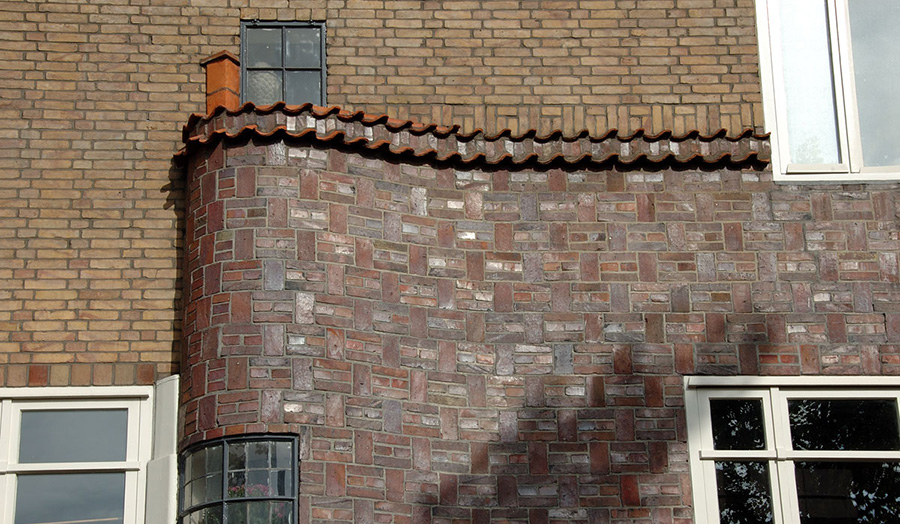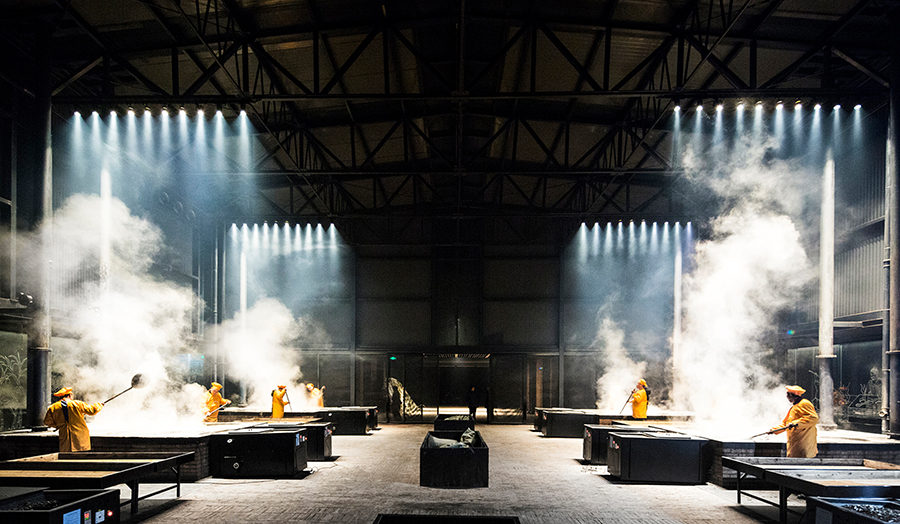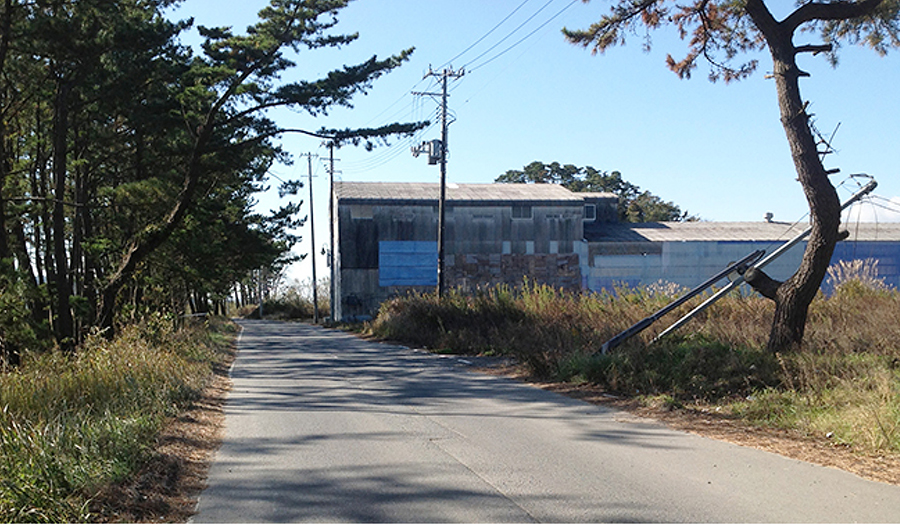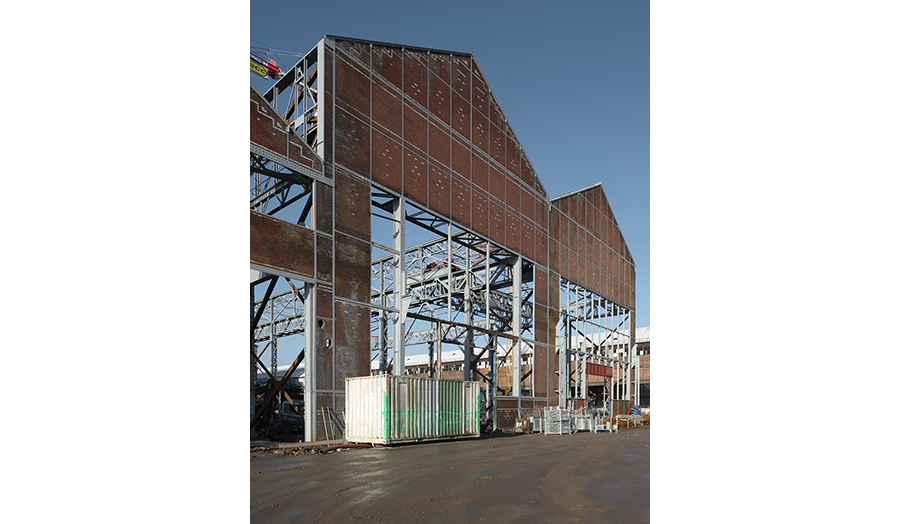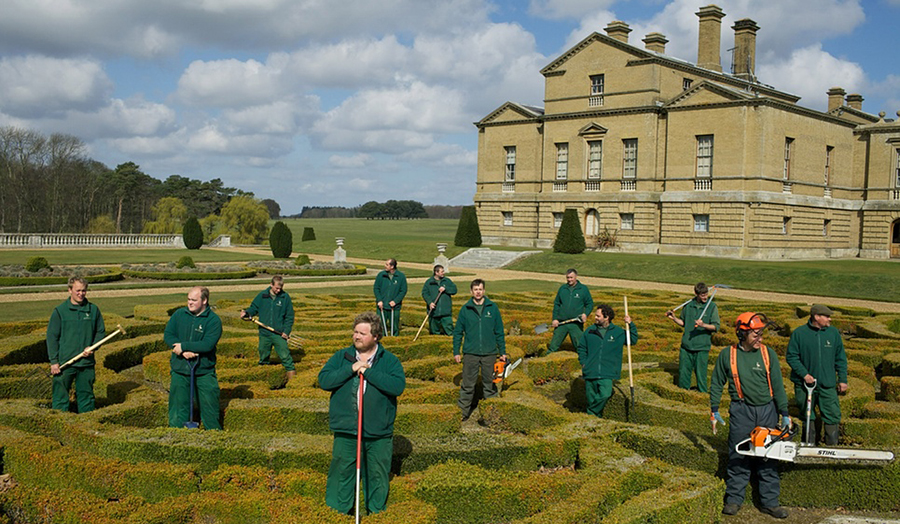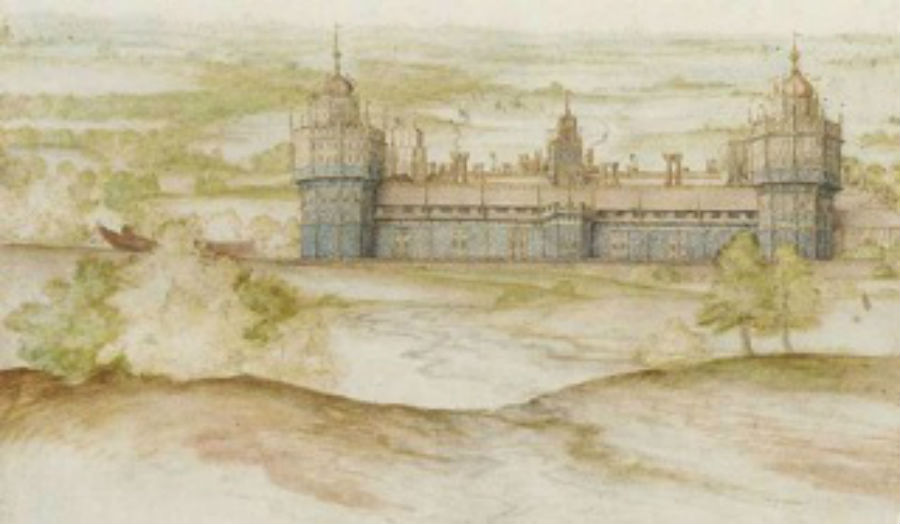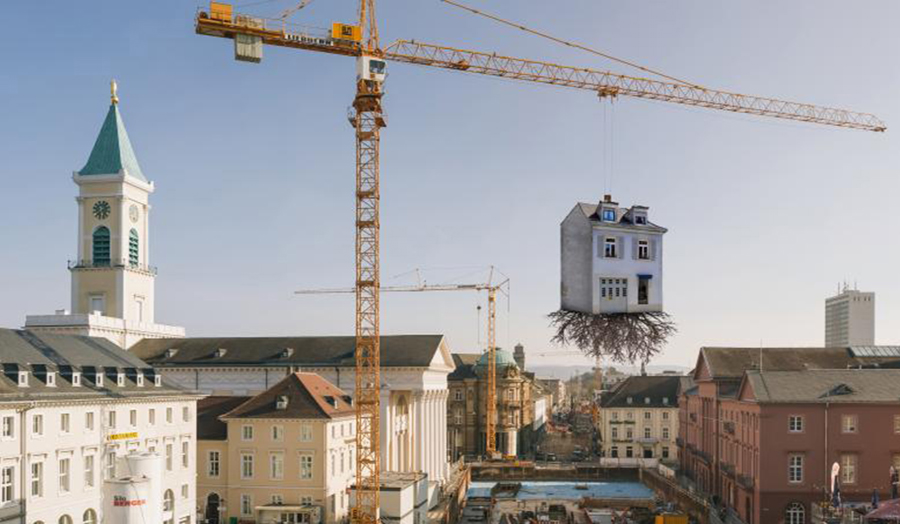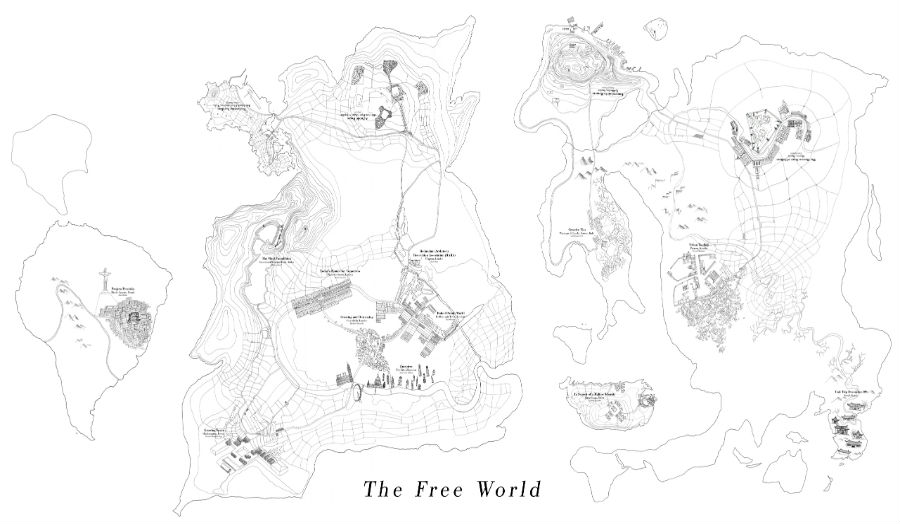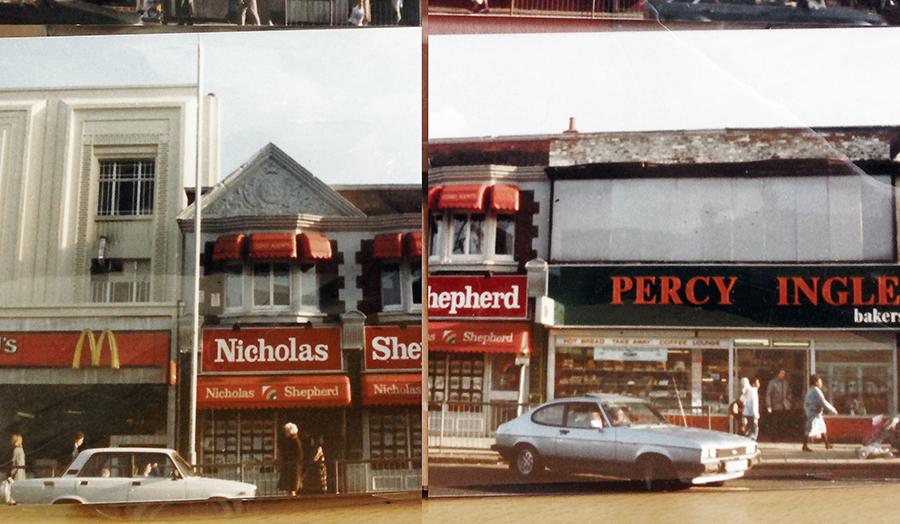Unit brief
As London veers towards exponential population growth, the city’s infrastructure is attempting to cope at a time of the orchestrated decline of state-sponsored intervention and the encouraged growth of private speculation. While housing is left to the free market, what happens to the provision and quality of our city’s cultural spaces and institutions?
Crucial to successful urbanity, cultural infrastructure lies at the core of what makes London a “World City” – along with others such as New York, Tokyo and Hong Kong – where finance and culture collide to spectacular effect. What are the prevalent cultural trends and the role played by cultural programmes within this context?
In the past, London has sought to create dense cultural agglomerations as legacies to festivals. This began with the Albertopolis along Exhibition Road, following the Great Exhibition in 1851, and repeated with the South Bank Centre, occupying the site built as part of the 1951 Festival of Britain. The latest dialogue proposed is between the eastern boroughs and Stratford Waterfront, following the 2012 Olympics. This will create an area to be known as the Olympicopolis cultural quarter, rising precisely where Cedric Price once imagined his Fun Palace.
This zoned approach to city planning, concentrating cultural institutions at a finite number of locations, contrasts with a growing inclination towards more ad-hoc dispersal of smaller, private institutions. These intervene with networks of existing infrastructure, often creating alternate and subversive spaces that overlap and interact with the context.
Established public institutions, such as the British Museum and the Tate, now exist alongside the private world of collectors exposed to public view through figures such as Charles Saatchi, Dasha Zhukova and poacher-turned-gamekeeper Damien Hirst. With the booming art and antiquities market increasingly attracting the interest of financial speculators, the role of patron and luxury brands have begun to merge – with Cartier, Louis Vuitton and Prada claiming the stage for the next influential platform for the arts.
In a climate of declining state subsidy and the booming value of cultural artefacts, our brief focuses on what constitutes the contemporary arts centre and seeks to define its role within our cities. Working within the central axis of London, the studio will challenge and define the cultural infrastructure of the city, which engages the accidental alongside the establishment, considers the private collection as well as the public institution, and responds to the evolving demands of our contemporary metropolis.
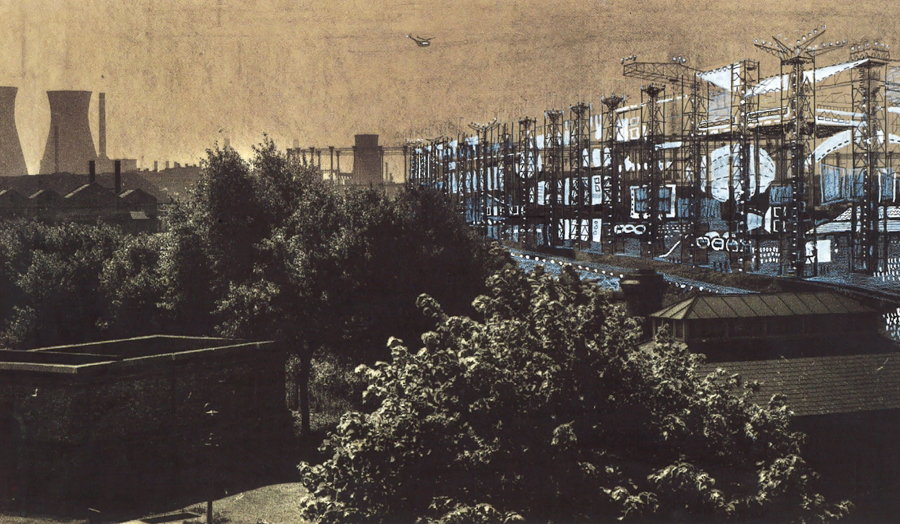
Details
| Course | Professional Diploma in Architecture |
|---|---|
| Tutors | David Hills Alistair Blake Roberta Marcaccio Deborah Saunt |
| Where | Central House, fourth floor studios |
| When | Monday and Thursday |

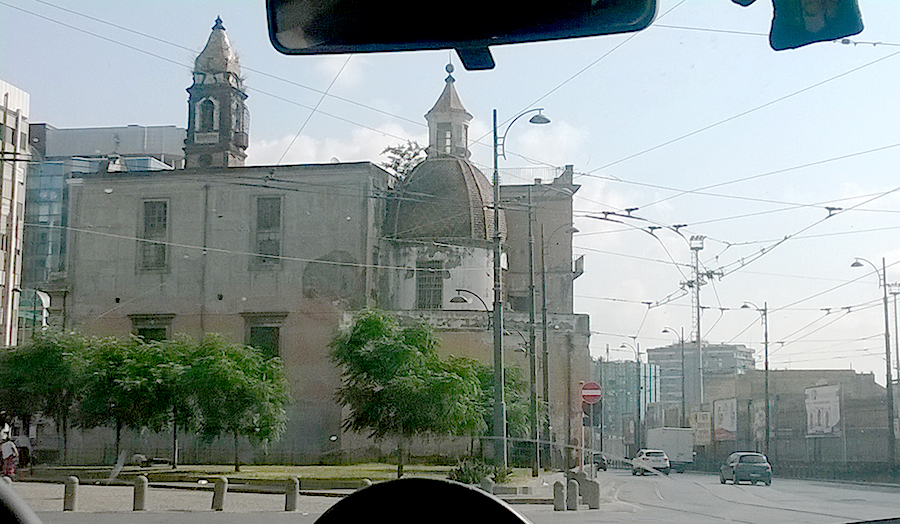
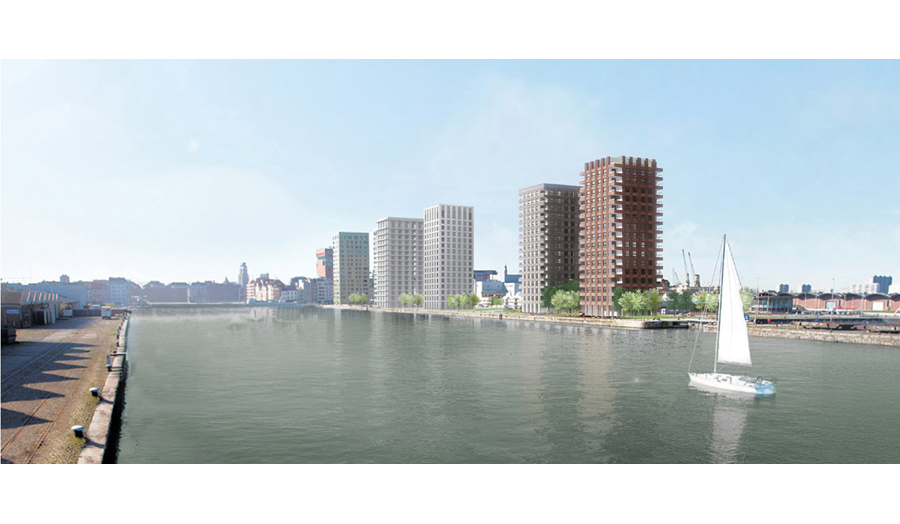
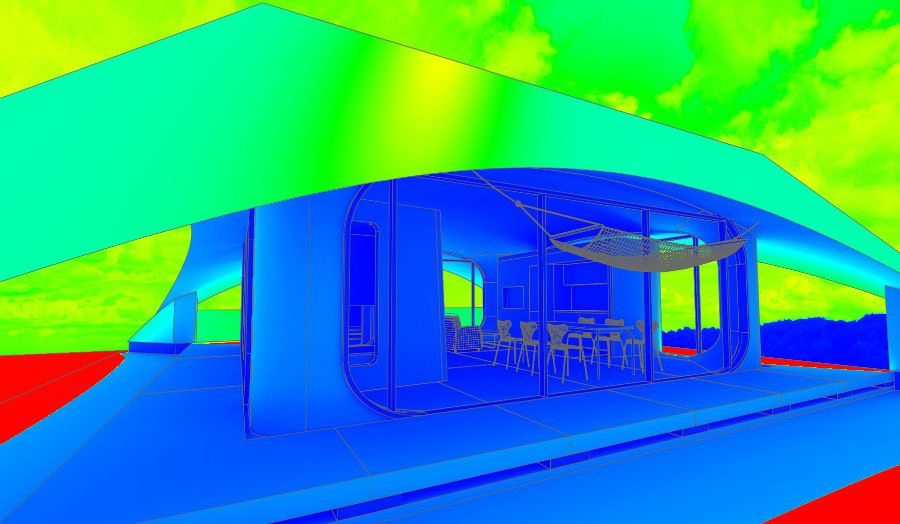
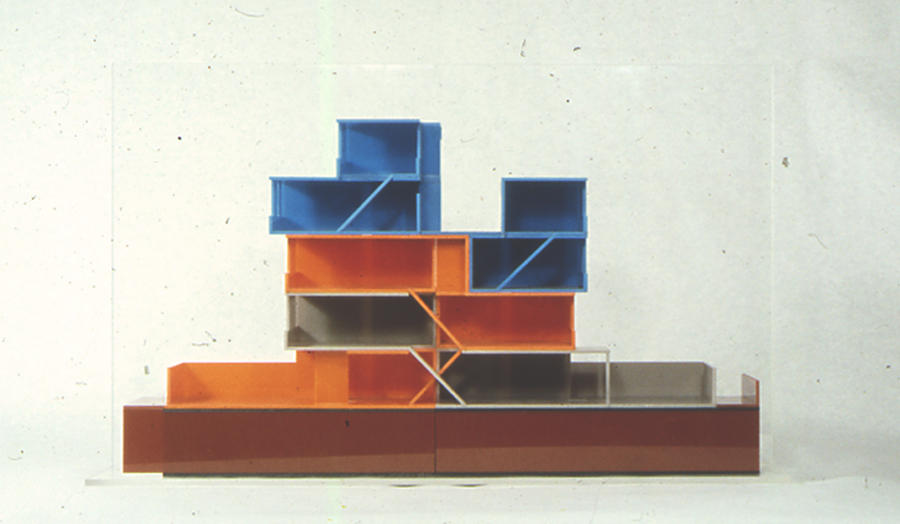
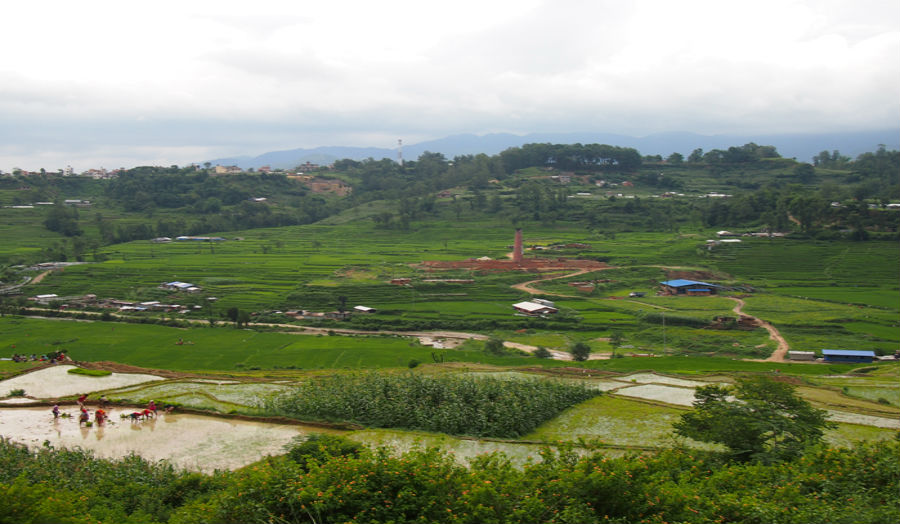
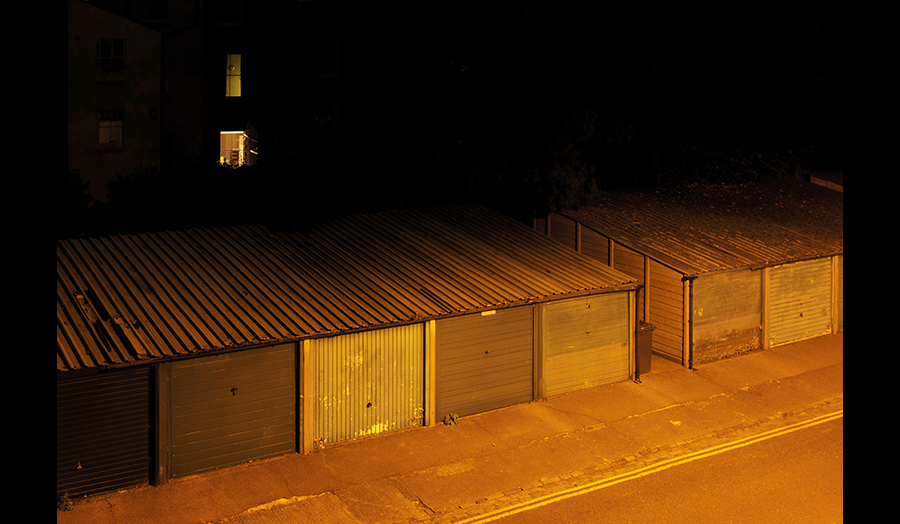
-(1).jpg)
